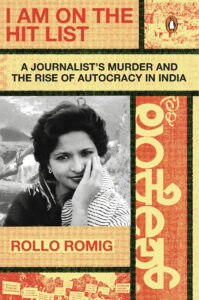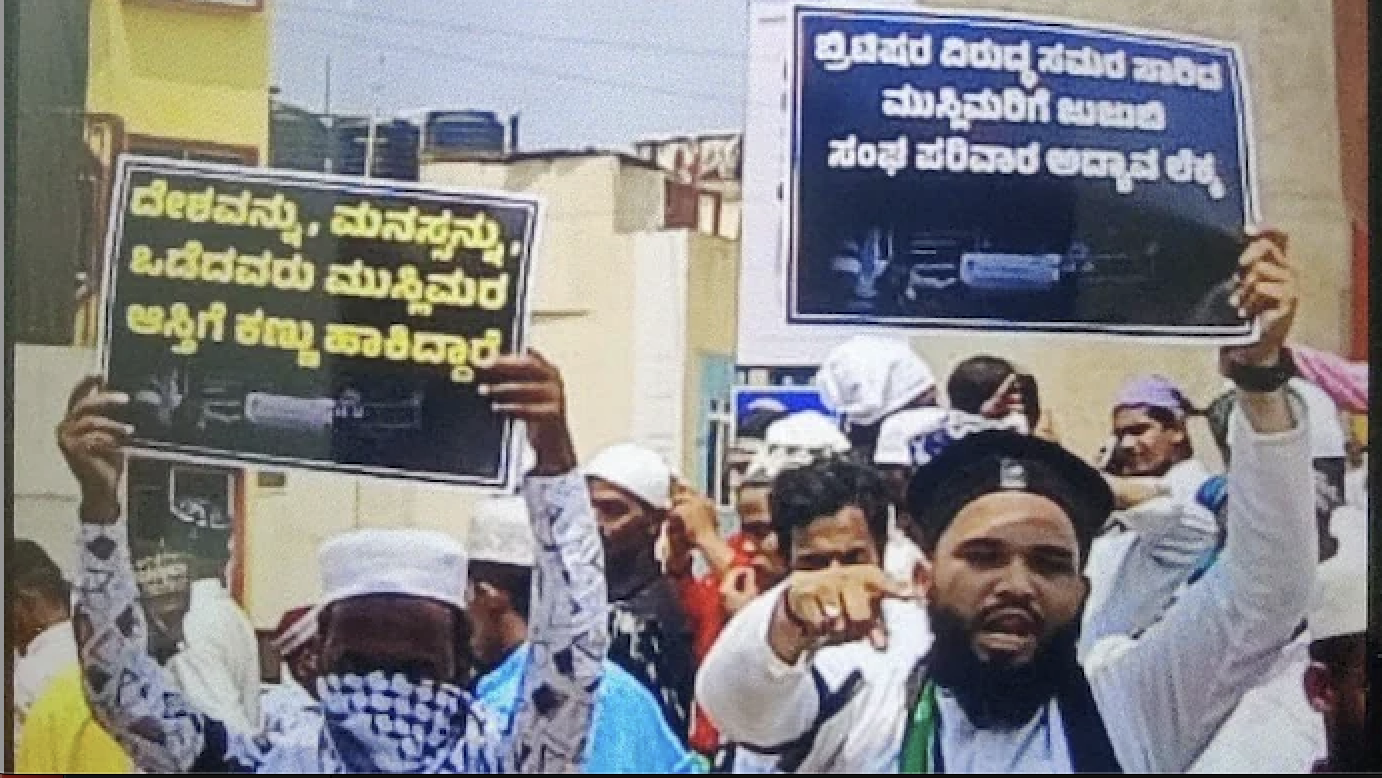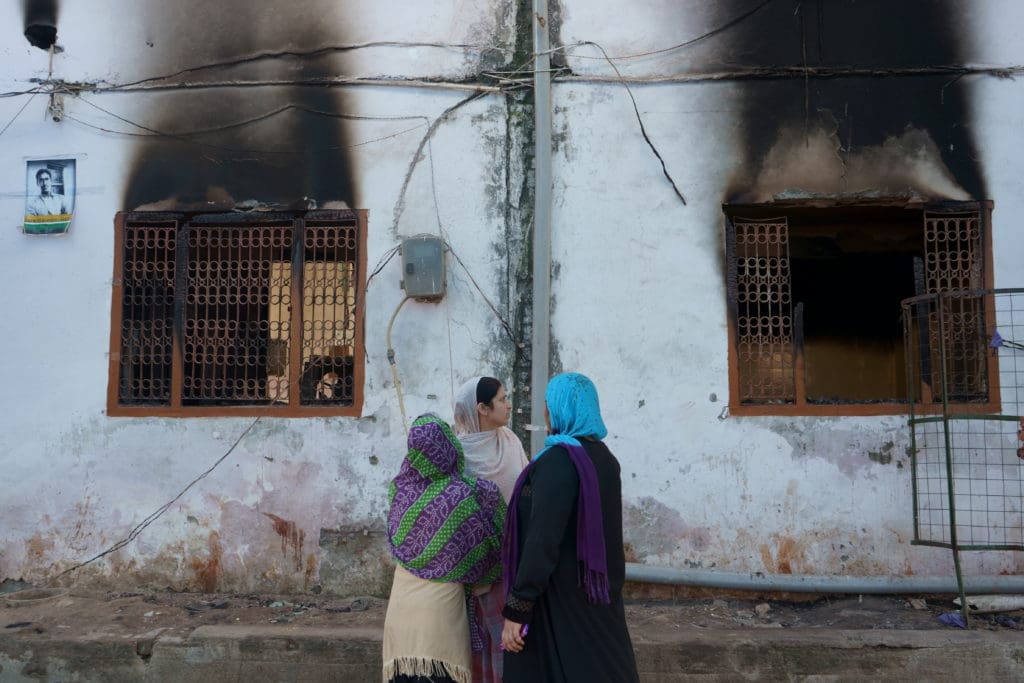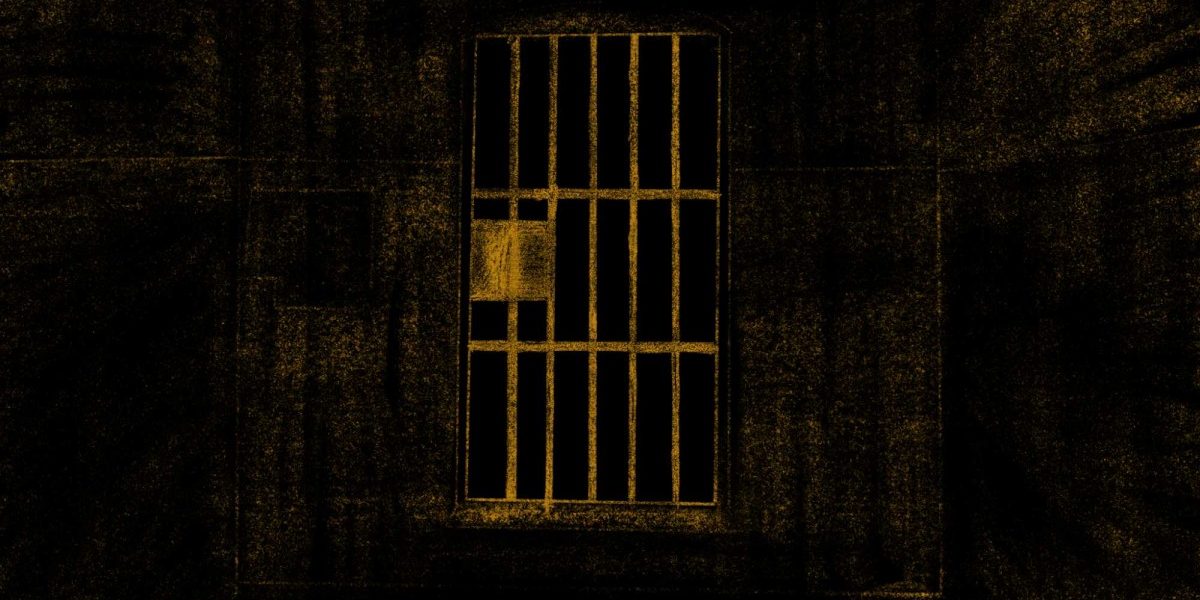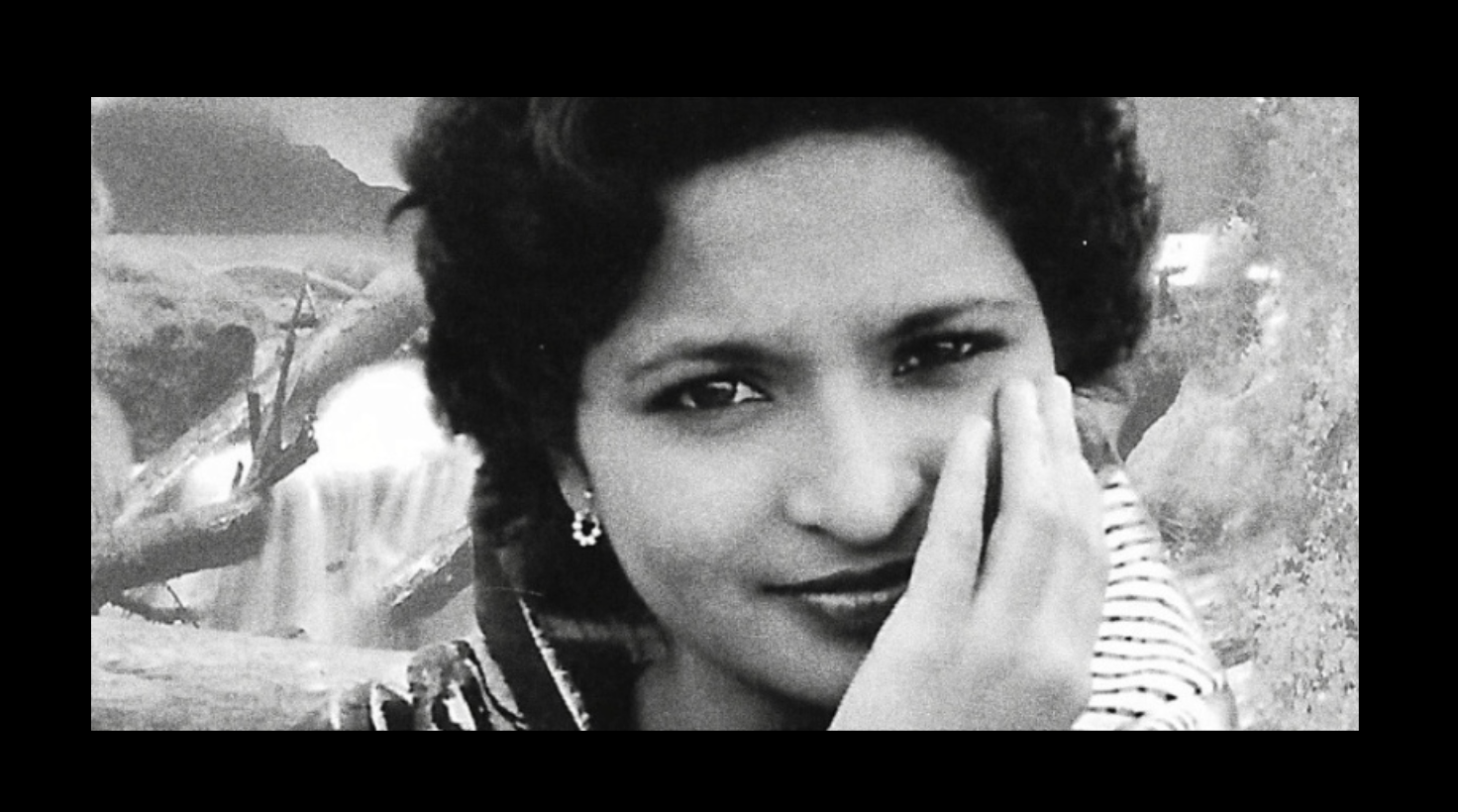
Gauri Lankesh, an Indian journalist who frequently defended the rights of Muslims and other minority groups, was shot to death outside her home on Sept. 5, 2017. The crime, authorities say, was committed by men who objected to her acerbic comments about their brand of hardline Hinduism. Such extremists, many of whom are proudly anti-Muslim, have been increasingly emboldened under Narendra Modi, the country’s far-right Hindu prime minister since 2014. But the attempt to silence a dissenting voice had the opposite effect, inspiring large protests and drawing more attention to threats facing Indian journalists and democracy itself in a country of 1.4 billion people.
Rollo Romig, an American journalist, has been reporting from India for more than a decade. His new book, I Am on the Hit List: A Journalist’s Murder and the Rise of Autocracy in India, is an astute analysis of the case, which appears to be linked to the murders of other outspoken Indian writers. In a recent interview, he discussed the political climate in which the murder was committed, the suspiciously slow pace of the court case against the accused and the bravery of Indian reporters who continue to cover repressive government officials and their street-level enforcers.
Tell me a little about Gauri Lankesh. What kind of reporter was she?
She was a journalist in Bangalore, the capital of the state of Karnataka. Her father was an enormously important literary and journalistic figure in Karnataka. When he died, she took over the newspaper that he ran. She really described herself as an activist-journalist, and she was especially tuned into what was going on with the right-wing in India. She was extremely alarmed about the rise of autocracy under Narendra Modi.
And she didn’t hesitate to share these thoughts in print.
Her newspaper was serious in intent, but it didn’t shy away from the sensationalism and overt opinion-making that we associate with tabloids. Her paper’s circulation wasn’t big, but she had this outsized presence in the community of journalists and, especially, activists, though she didn’t seem like someone who would’ve been a prime target of assassination.
This story was originally published in crimereads.com. Read the full story here.


